

Max Davies
2026 Toyota HiAce review
3 Hours Ago
Lancia's 10-year plan will see it triple its line-up and go electric-only, while still using heritage design cues.

News Editor
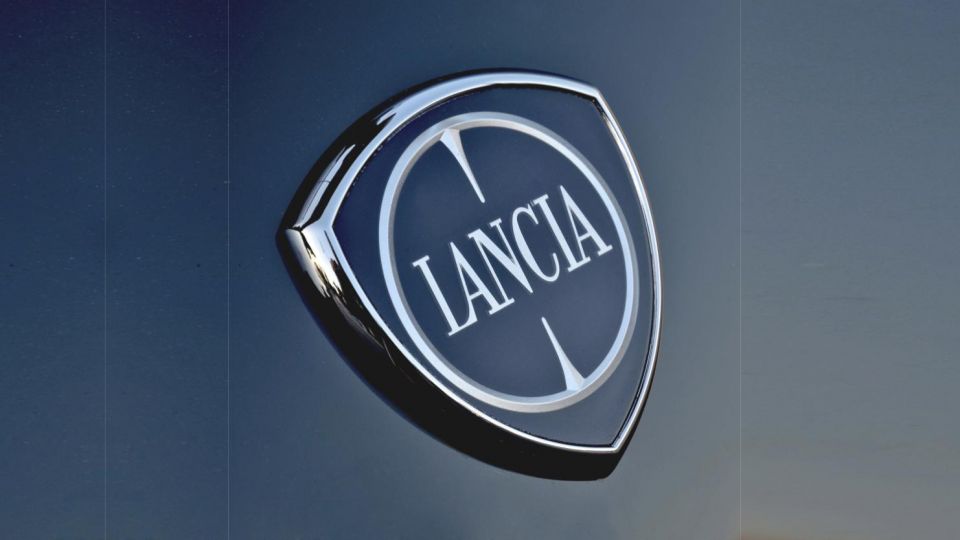

News Editor
Lancia’s 10-year plan will see it switch to electric vehicles, but its upcoming models will still draw inspiration from the Italian marque’s rich heritage.
“It means focusing on its timeless design, reinterpreted in a modern and contemporary way, working on some of its most iconic elements,” the company said in its press release.
Cars from the brand will use Lancia’s “chalice” grille, but it’ll be updated with “innovative lighting elements”.
Lancia isn’t the only brand to offer illuminated grilles, with the likes of BMW, Rolls-Royce and Skoda also offering this feature.
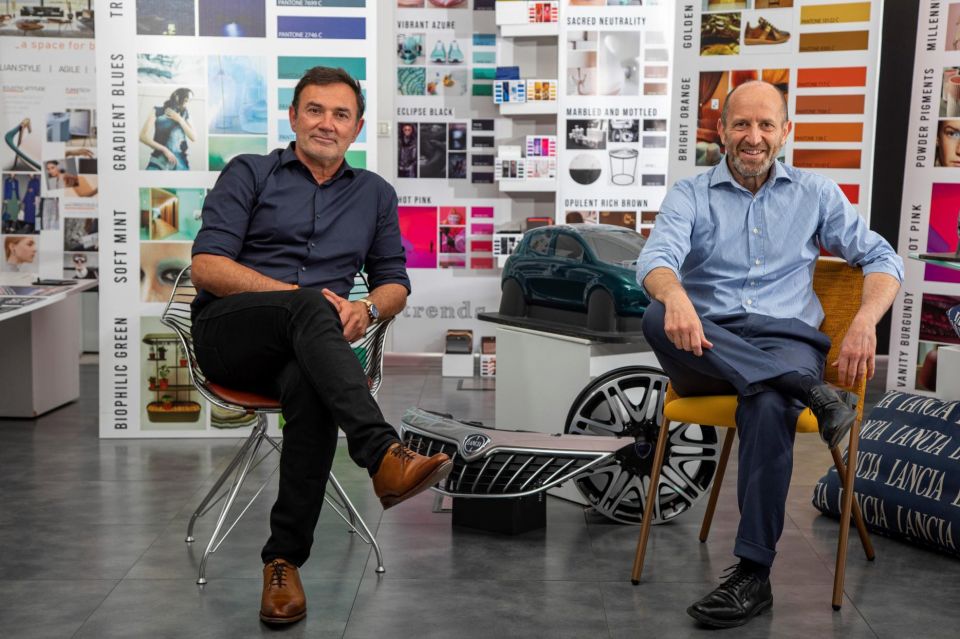
Under recently appointed Lancia design director Jean-Pierre Ploué, the brand’s styling will continue to prioritise elegance, but there’ll be “lighter, tapered and sinuous lines”.
With a focus on sustainability, Lancia has confirmed it’ll make use of the highest percentage of recycled materials in its interiors of any brand within the Stellantis empire.
However, it says the ambience will be inspired by iconic models in Lancia’s history as well as “furniture elements of great Italian designers”, and its cabins will offer a welcoming and familiar environment.
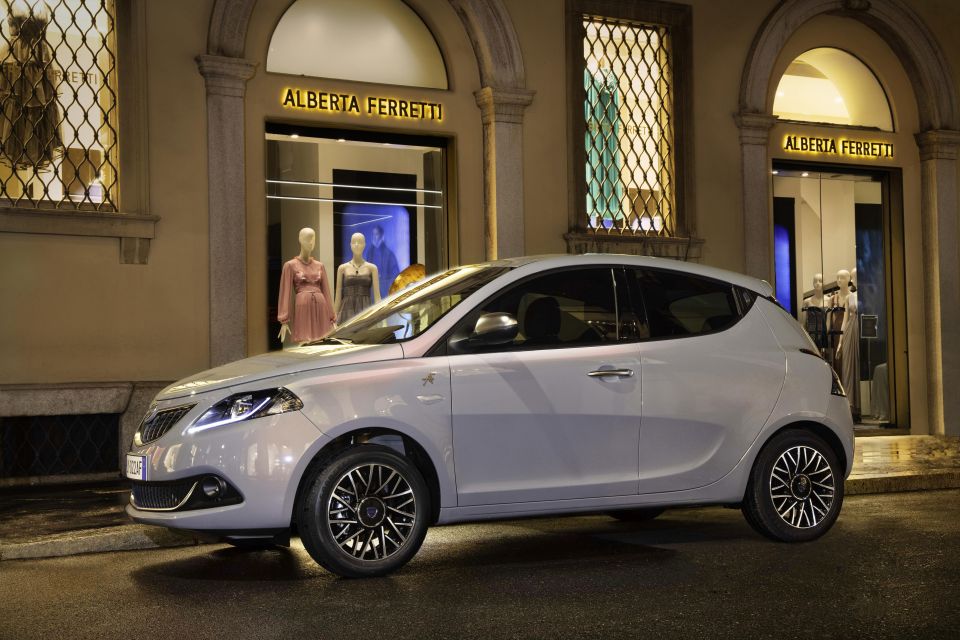
Lancia will also introduce a “virtual interface” called “SALA”, an acronym for Sound Air Light Augmented but also an Italian word for a living room or hall.
It’ll allow the driver to control the sound system, climate control, and ambient lighting.
Lancia is planning to triple its model range. Currently, it sells only the Ypsilon light hatch, which will be replaced with a next-generation model in 2024.
This hatchback will offer a choice of electrified and full-electric powertrains.
“The new Ypsilon is now practically finished in terms of design: it will be 100 per cent electrified, around four metres long, more masculine, more European, more transversal,” said Lancia CEO Luca Napolitano (translated) this week per a report from Motor1.
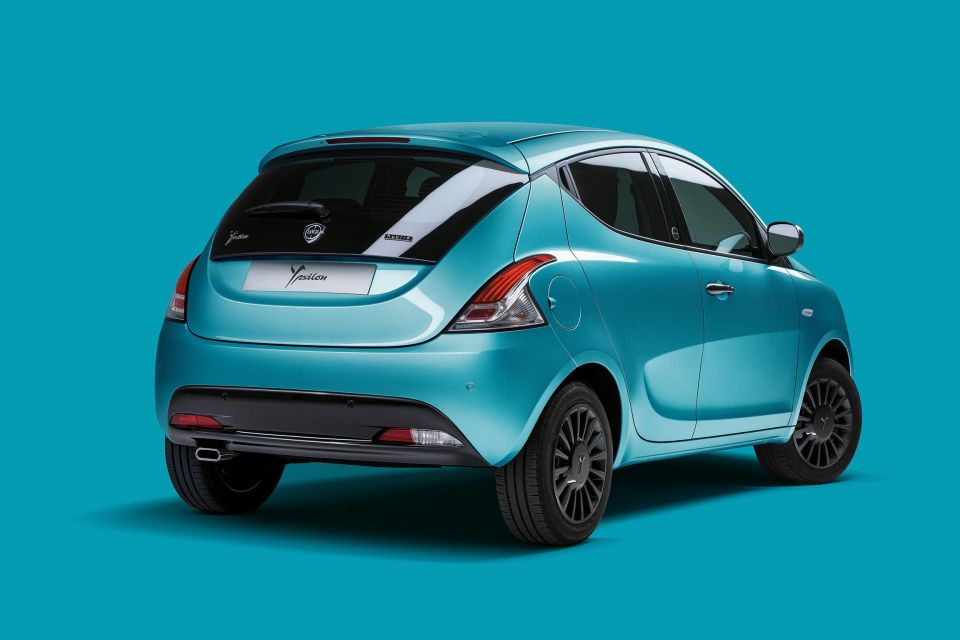
“Very different from the current one, it will have revolutionary interiors and will cost more, because it will have more technology, different contents and dimensions.”
Additional models will arrive in 2026 and 2028, and from 2028 the brand will be electric-only.
The former will be a 4.6m-long flagship – so around Toyota RAV4 length – that’ll be “on the end of the crossover segment”.
It has been internally referred to as the Aurelia but may wear a different name for production.
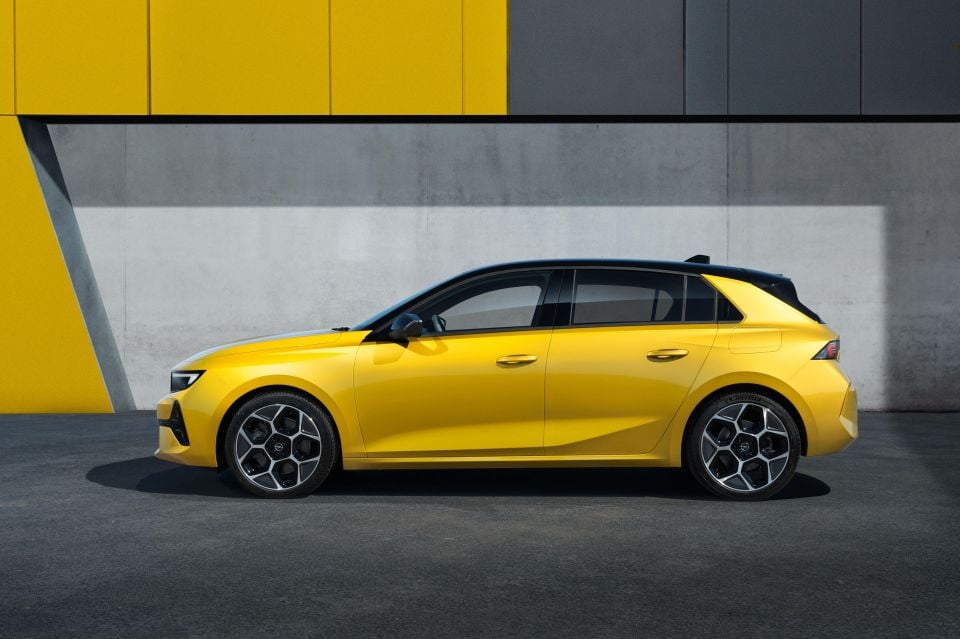
Napolitano says the third model is being referred to as the Delta and will be “muscular, geometric and tough” and measure 4.3m long, or around the length of Stellantis small cars like the Opel Astra.
He’s mooted a sporty HF variant, but added “for now it’s a dream, let’s take small steps and if things go well…”
Lancia is finally stepping back out from Italy, currently the only market in which it sells cars.
It withdrew from the rest of Europe in 2017 after an influx of new products – many of which were rebadged Chryslers in a failed attempt to “twin” the two brands – struggled on the marketplace.
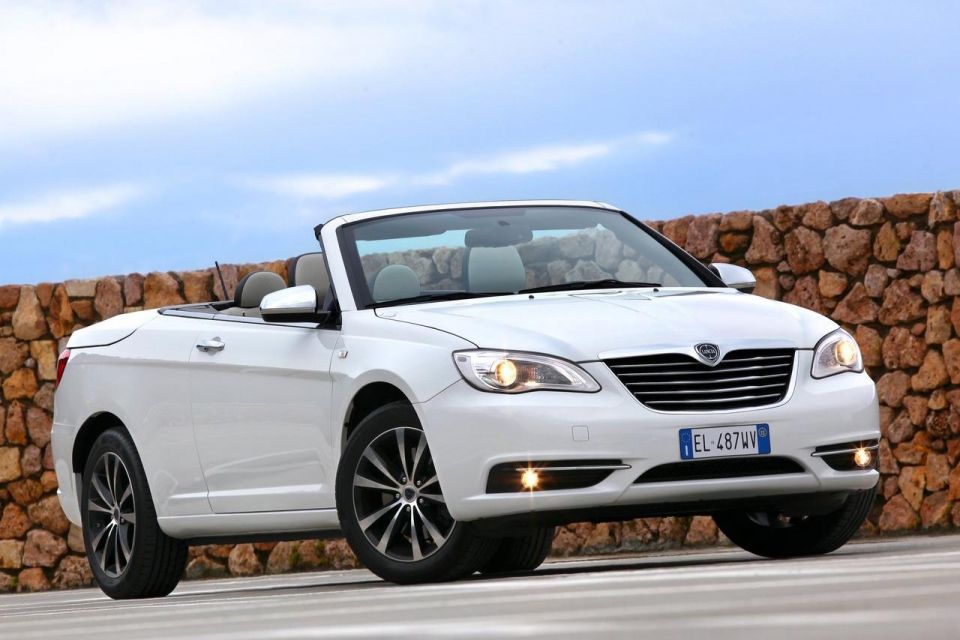
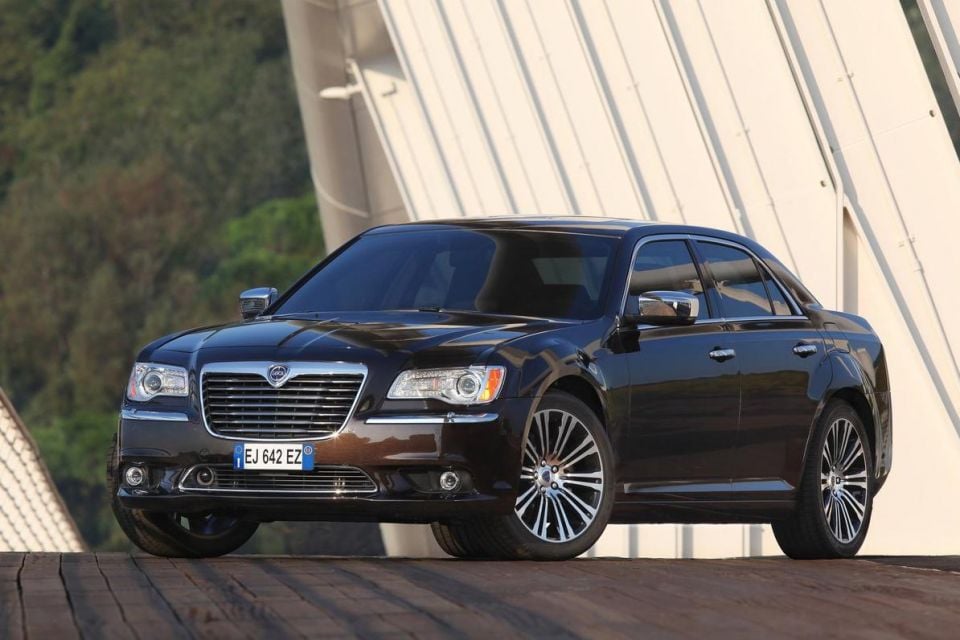
It plans to open 100 dealerships in 60 European cities, while also targeting online sales of 50 per cent.
Napolitano said late last year that Lancia’s 10-year plan at present doesn’t involve expanding outside of Europe or returning to motorsport as Lancia attempts to restore its credibility.
“However, in the coming year, if things go well, why not trying to bring (Lancia models with) right-hand drive also in Japan, South Africa or Australia?” he told Reuters.
The renewed focus on Lancia, which had been left to wither under the former Fiat Chrysler Automobiles (FCA), is part of Stellantis’ plans to give each of its 14 brands a 10-year plan and 10 years of funding.

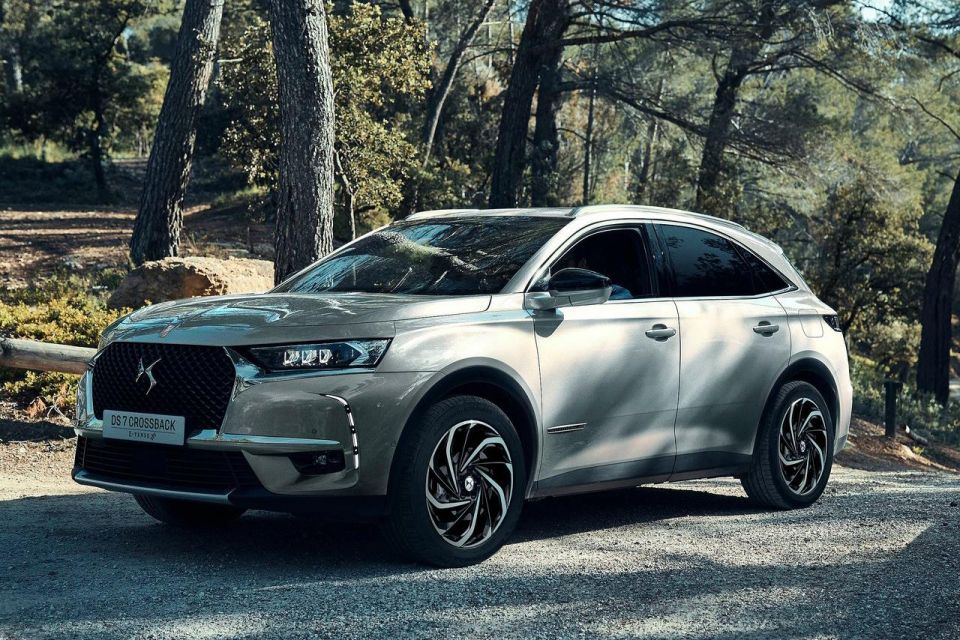
The resurgent Lancia will target Germany and France first, before expanding west to Spain and north into Scandinavia.
Napolitano says he wants 25-30 per cent of Lancia sales to be outside of Italy at first, eventually reaching 50-50.
The brand isn’t chasing volume at all costs, with a focus on profitability.
It’s been grouped as part of Stellantis’ Premium tier of brands, which also includes Alfa Romeo and DS.
“We still need to work and need to look at a benchmark… which for us is Mercedes,” said Napolitano.
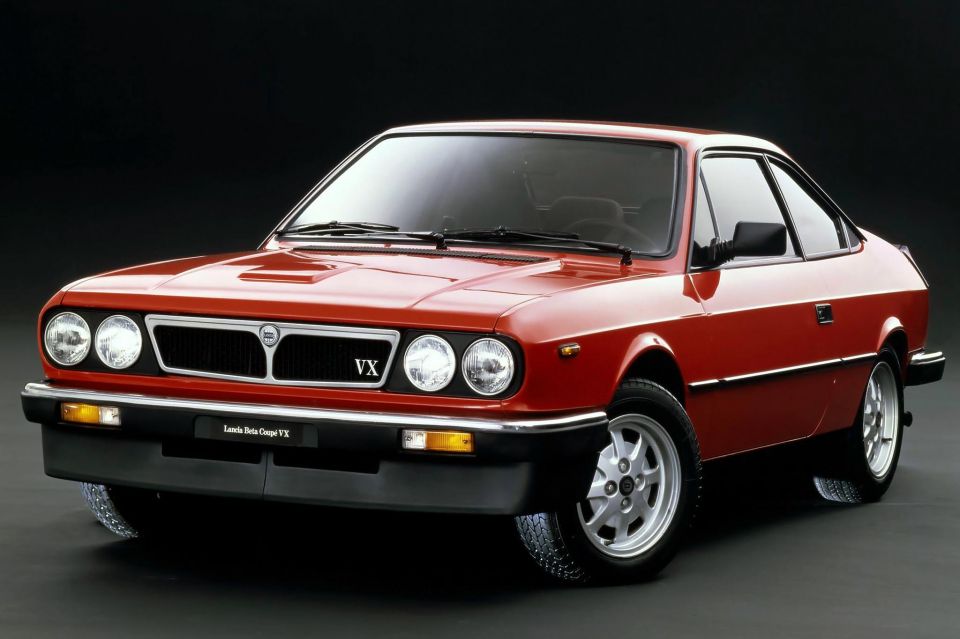
“I don’t mean we want to fight against Mercedes, that would be naive, but that is an example of what we look at”.
While Lancia could once again sell vehicles outside of Europe, we don’t expect it to arrive in Australia any time soon considering fellow Stellantis brands DS and Opel still don’t sell cars here.
Lancia was last seen in Australia in the mid-1980s with the Beta family.
There were mooted plans to bring the first-generation Delta here, along with larger fare like Thema, but these never eventuated. That’s despite said models being made available across the pond in New Zealand.
William Stopford is an automotive journalist with a passion for mainstream cars, automotive history and overseas auto markets.


Max Davies
3 Hours Ago


William Stopford
19 Hours Ago


Ben Zachariah
20 Hours Ago


Derek Fung
21 Hours Ago


Matt Campbell
1 Day Ago


William Stopford
2 Days Ago